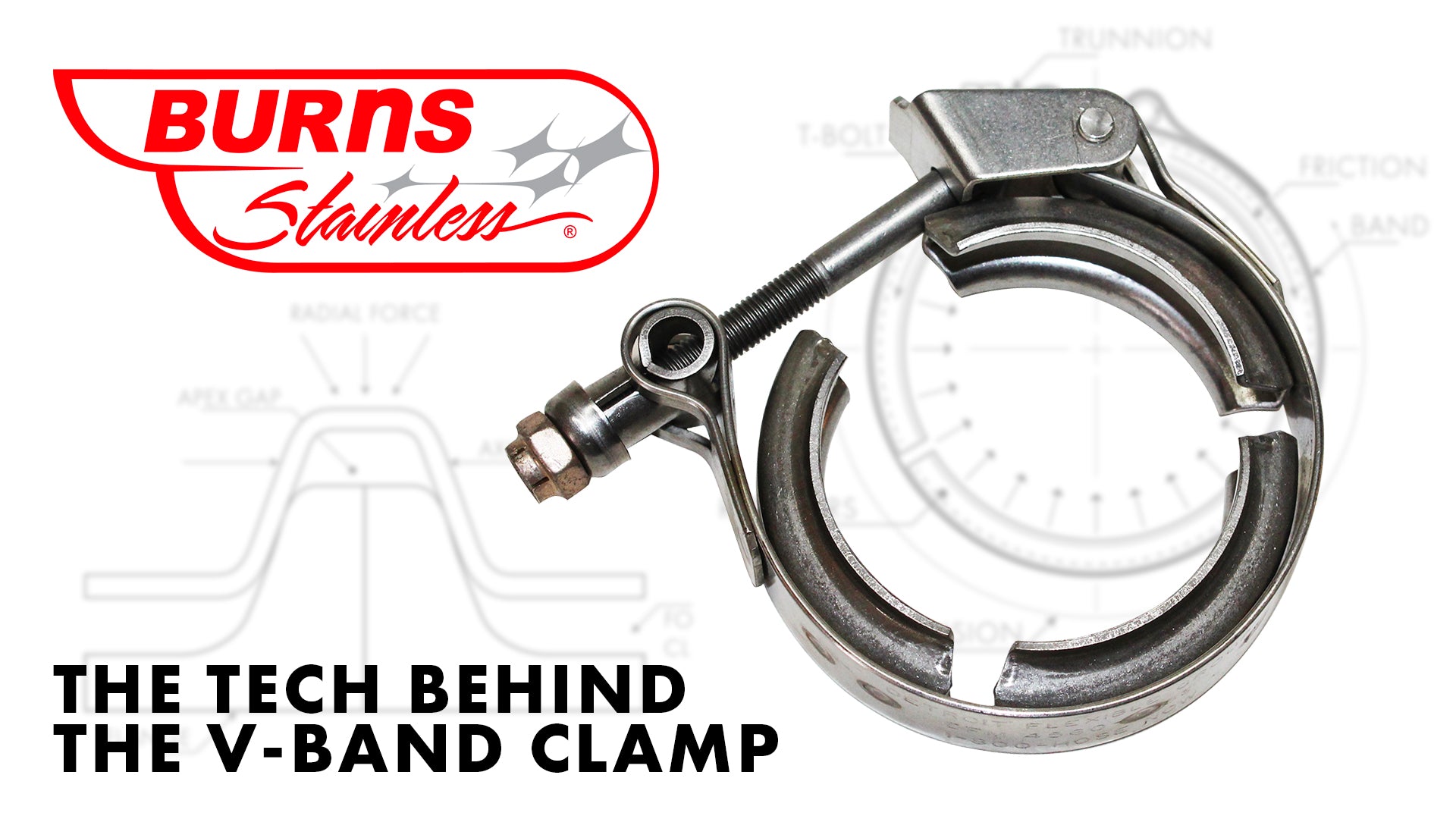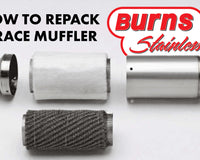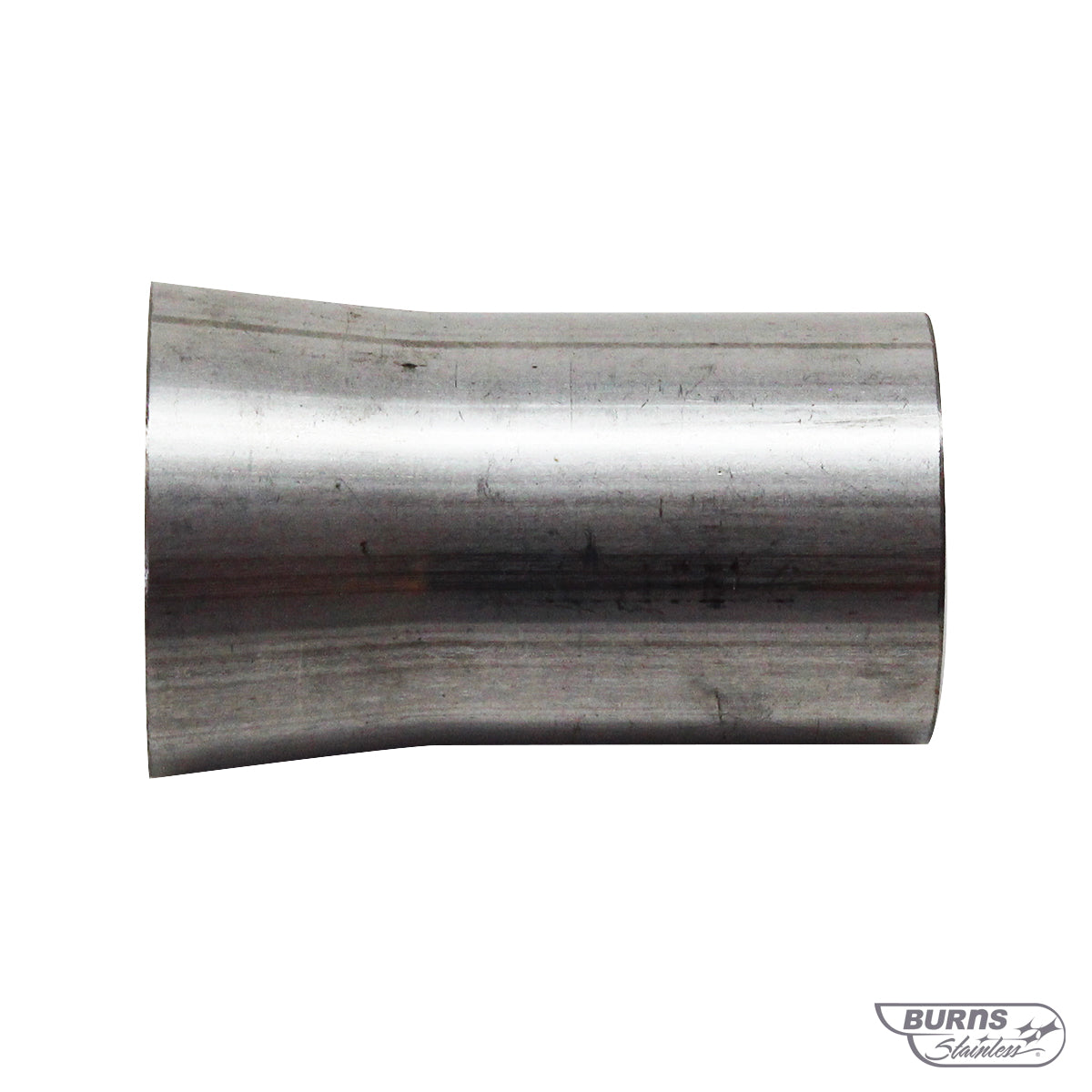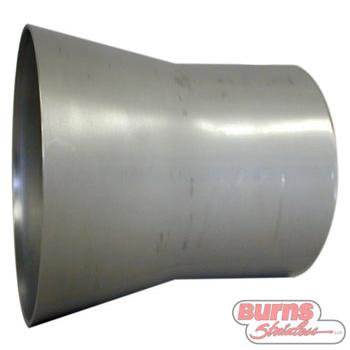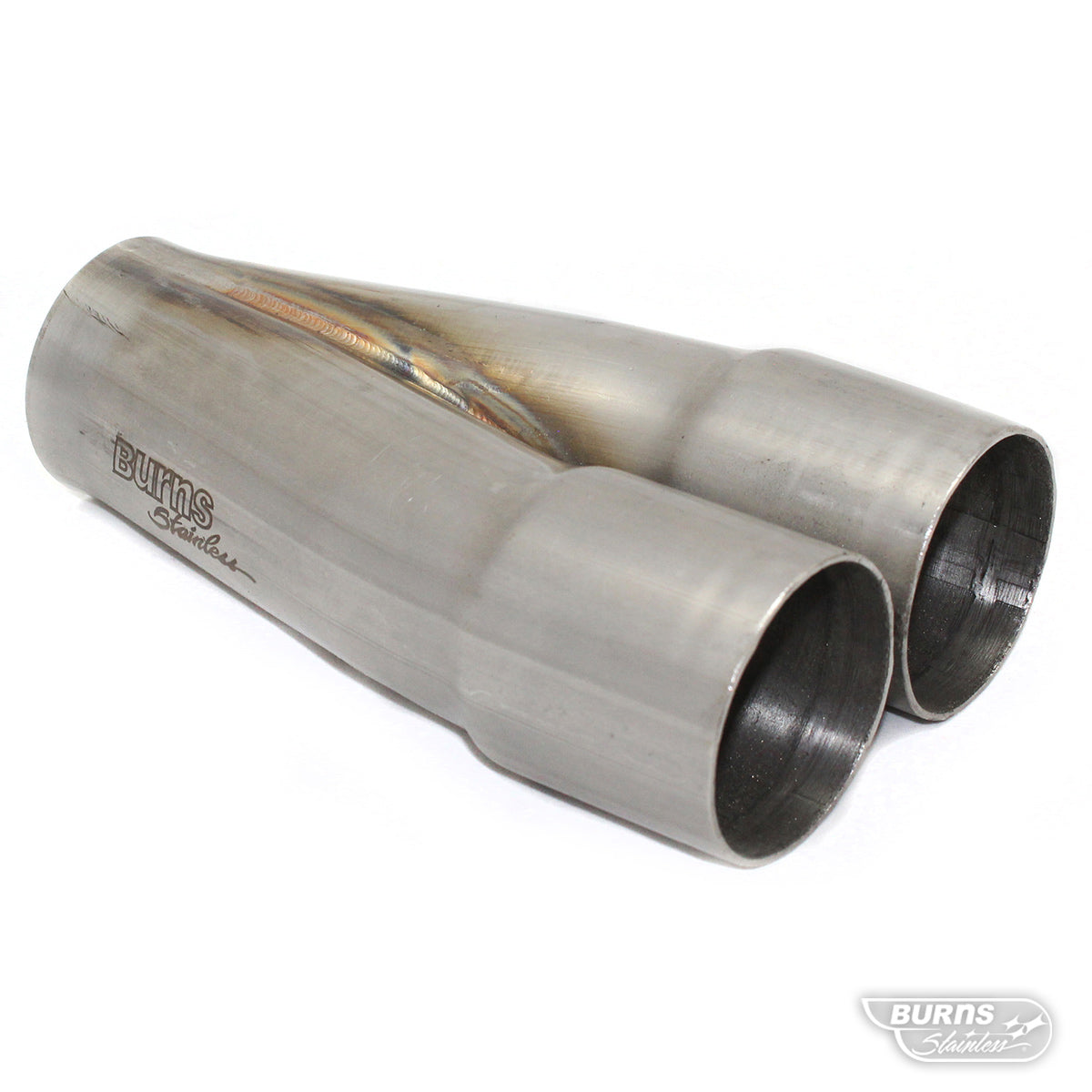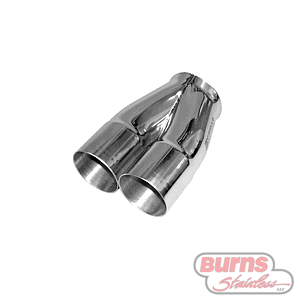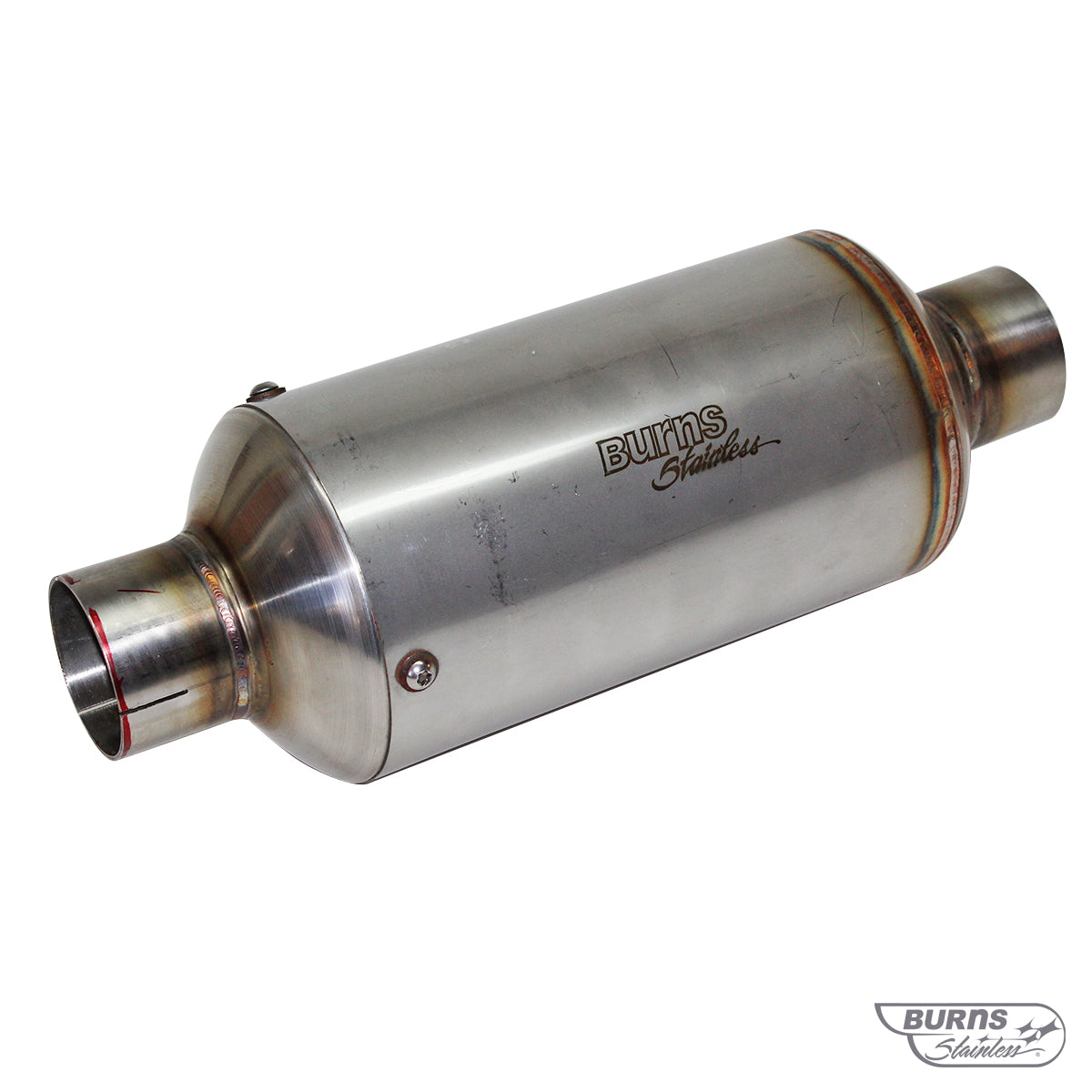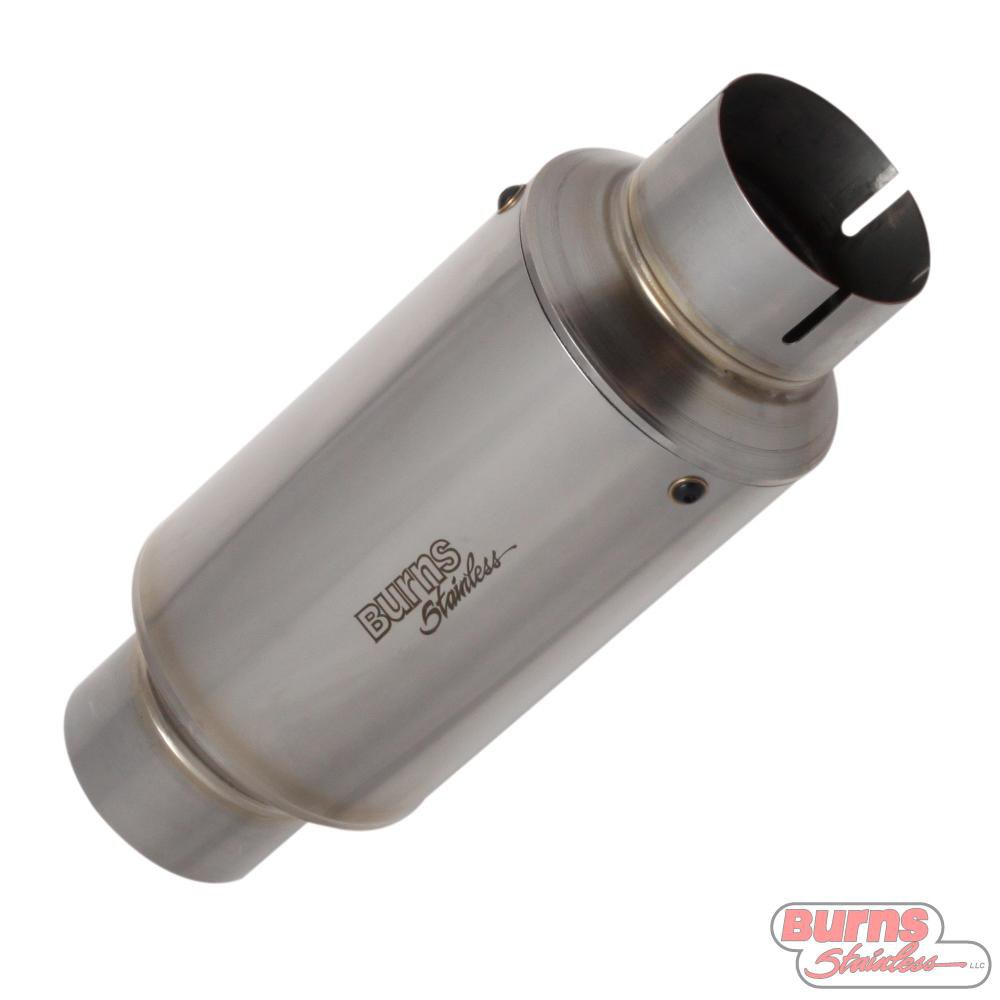The challenge is to create a closure mechanism used in high-temp, high-pressure, and/or mechanical applications in joining ducting and tubing. Enter the V-Band or Marman Ring Clamp. An added feature is the substantial savings in assembly and maintenance costs when the connection requires frequent disassembly and re-assembly.
With only one or maybe two bolts to fasten, the V-Band Clamp compared to bolted flanges, or welded joints is less costly to manufacture and easier to assemble. When limited in access the V-Band Clamp is extremely valuable. The coupling latch can be oriented at any convenient point for access. Unlike bolted flanges, the real magic comes with the uniform closing force around the circumference of the flanges.
There are many benefits to using a V-Band Clamp, besides the savings in assembly as mentioning earlier. The use of a V-Band Clamp offers a more efficient joint, 360° positioning of the latch, reduces weight, an elimination of radial orientation of bolt holes during assembly and they are aesthetically pleasing.
In a previous article we uncovered the wild history of the V-Band Clamp from the Marman Products Company in 1941 by founder Herbert “Zeppo” Marx. Today we dive deep into how the V-Band Clamp works.

When torque is applied to the coupling nut, a radial (inward) force is created in the V-Retainer. The radial load created by the band tension is then transmitted as an axial load on the mating flanges due to the wedging action of the V-Retainer. The retainer Apex Gap and foot clearances are typically .062”. This clearance must be maintained to prevent the V-Retainer from bottoming out on the flanges before the required loading has been achieved.

The flange angle can vary between 30°-90° with an accepted industry standard for an included angle as 40°. This angle provides the optimum strength for drawing together a set of flanges and maintaining a tight seal. Using a 40° angle the retainer exerts an axial load on the flanges with an 8.6 to 1 mechanical advantage as the outside band is tightened. It is necessary to overcome friction during tightening of the V-Retainer, once tightened, friction helps reduce the bolt load required to keep the flanges from separating.
You may notice a difference between the V-Band Clamp drawing above and the photo of the clamps we offer (photo below). Our clamps have a quick-release mechanism to make them easier to release and engage for a quick change in the pits.

Retainer Segments
V-Band Clamps can be made using a single retainer segment or multiple retainer segments. More segments add flexibility to aid in installation of the coupling over the flanges.
A single-segment clamp is lightweight and relatively economical. Due to the stiffness of the continuous ring, single-segment couplings are typically available only in larger diameters and for infrequent removal/re-installation.
Two-segment clamps provide greater flexibility for ease of installation and removal. They are used on larger diameters. Two segment couplings can be provided with two latches or with strap loops.
Three-segment clamps offer more flexibility for removal and installation and can be used for large and small diameters; it is most useful and economical segment design configuration.
Four-segment clamps are used in large diameter applications where two- or three-segment couplings are not adequate. Four-segment couplings can be used with multiple latches and must be used with a full band.
Interesting to learn that this technologically superior clamping mechanism was developed in the first half of the 20th century and has been such a valuable tool for a variety of industries. For more details on the things, we see everyday in the garage be sure to subscribe to our weekly newsletter and our YouTube Channel.

